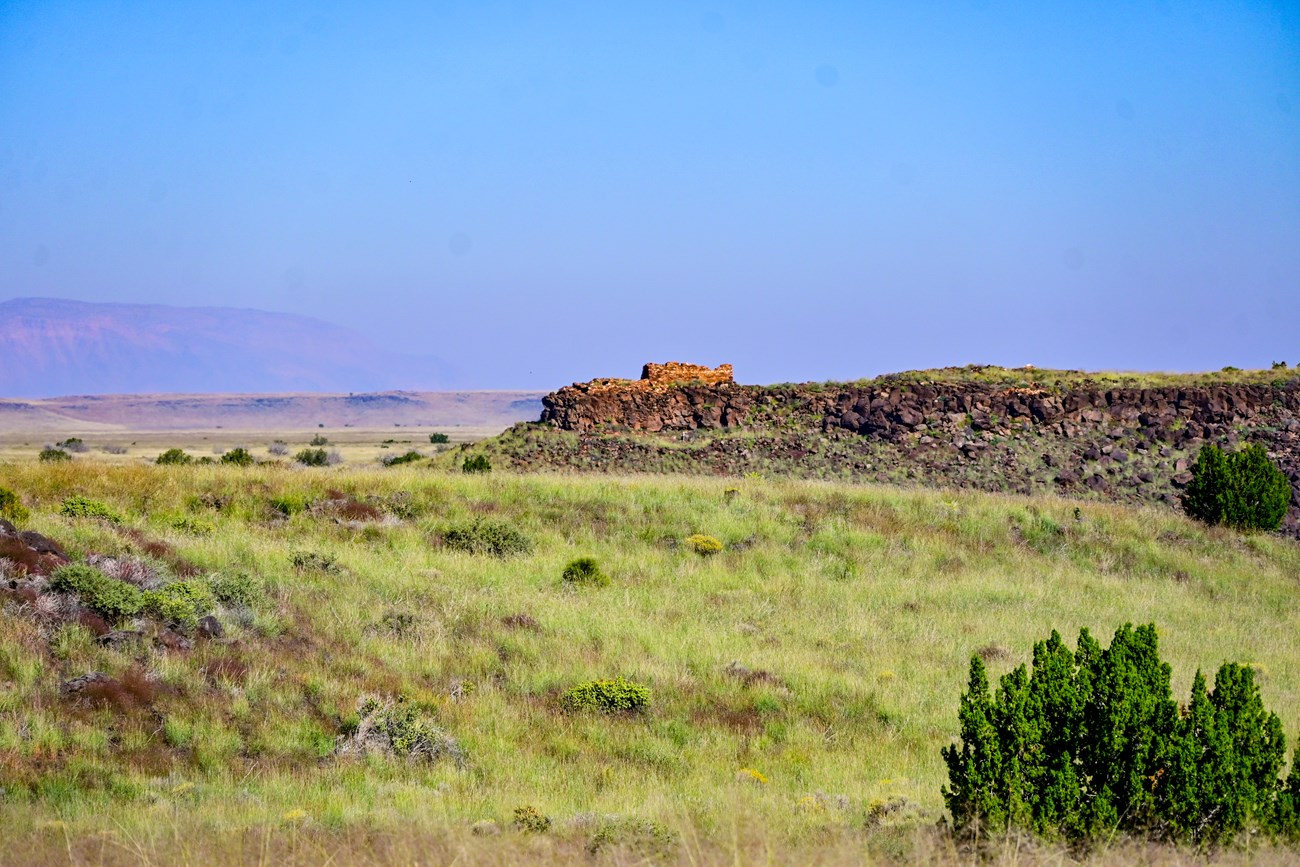
Wupatki National Monument may look natural today, but the landscape is in many ways a human artifact. The pueblo dwellers grew much of what they ate and, in the process, changed the chemistry and composition of the soil. Today, 700 years later, soils in these former fields are still different, and support different plants. Extensive wood gathering for building purposes and for fuel undoubtedly changed the nature of the pinyon juniper woodlands for miles around. In the past century, changes have accelerated. Grizzly bear and the Merriam elk disappeared from the region by 1900. Juniper woodland is replacing the grassland; the grasslands that once dominated from 3,000 to 5,000 feet elevation are now found only between 3500 and 4500 feet. Pronghorn that depend on this diminishing grassland habitat have been further impacted by development, roads, and fencing; herds are becoming isolated. Non-native plant species such as tamarisk dominate along the Little Colorado River; the native riparian plant community of cottonwood and willow is gone in many places. Water level at all three of Wupatki’s natural springs has steadily decreased; the spring that supported Wupatki Pueblo no longer flows. All of these changes have human causes. Environmental and human history are connected. Here we have the chance to learn how each shapes the other. This knowledge helps us better understand each other, our diverse cultures and values, and how collectively we have transformed the landscape we see today. |
Last updated: November 9, 2023
